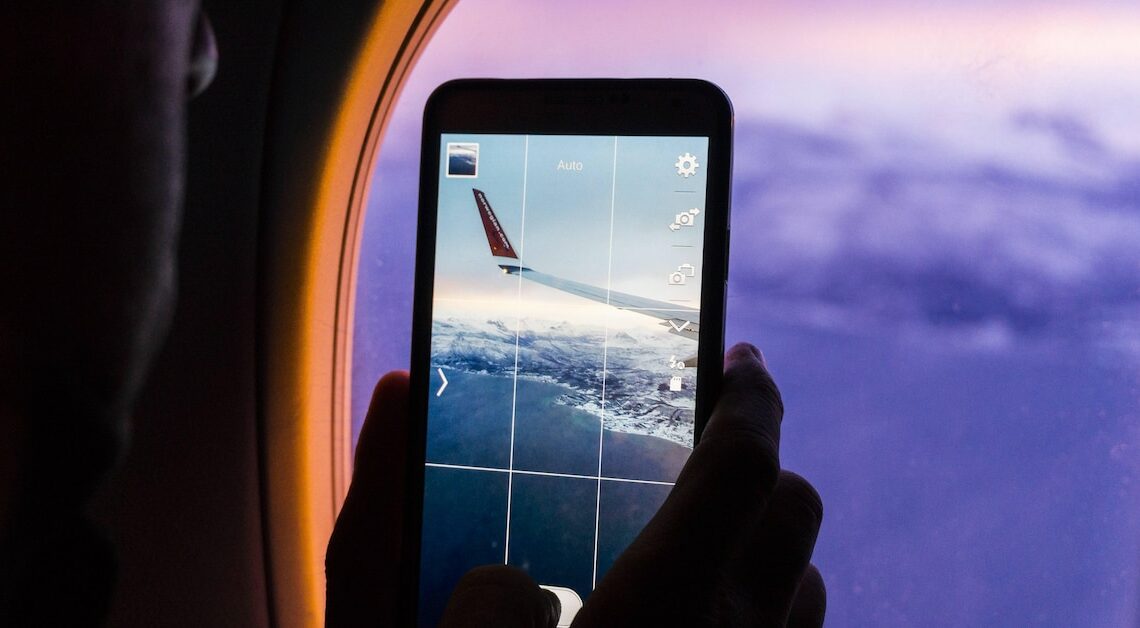
The term “HDR” is mainly used in connection with cameras, smartphones and televisions. What exactly it means is not clear to everyone.
HDR – what it actually is
HDR stands for “High Dynamic Range” and is a technology used in cameras to express colors and contrasts more vividly.
- It often happens that images are too dark or too light and do not have a uniform brightness. Details are often difficult to recognize.
- Compared to normal SDR images, HDR images offer uniform brightness as well as strong contrasts and colors.
HDR – how the technology works on smartphones
An HDR image is created by taking at least three images at the same time when you take photos with your smartphone.
- Among other things, a normal, an overexposed and an underexposed image are created.
- The images are then merged by software to create an overall image that is neither too light nor too dark at any point.
- HDR uses a color depth of at least 10 bits (8 bits is standard), which makes colors shine more brightly and contrasts more pronounced.
- HDR is best used for landscape photos and whenever the sun is glaring: over- or under-exposure can cause some details in the image to be lost. This is compensated for by HDR technology.
- However, using the HDR function is not always worthwhile: When taking pictures of motion, blurred images are created because – as already mentioned – several images are taken one after the other.
- Even if you want high contrast, you should turn off HDR, otherwise the contrast will be washed out.
HDR on TVs
Nowadays, televisions also offer the option of playing HDR films accordingly. A distinction is made between four different modes:
- HLG is the simplest form of HDR transmission. The quality is not particularly high, but can be played on most devices without any problems.
- Classic HDR10 uses a color depth of 10 bits: the colors are much stronger than with conventional SDR.
- HDR10+ also usually uses a color depth of 10 bits: However, this is dynamic HDR, so that the creators of a film can adjust the contrast information for each scene separately.
- The best is “Dolby Vision”. With a color depth of 12 bits, 68 billion different colors can be displayed.
- Users of streaming services and UHD Blu-rays can look forward to some films and series that support HDR.
Also interesting:
- HDR10 – what is it? TV simply explained
- HDR vs. Ultra HD vs. 4K: These are the differences
- Photoshop: How to create HDR images
